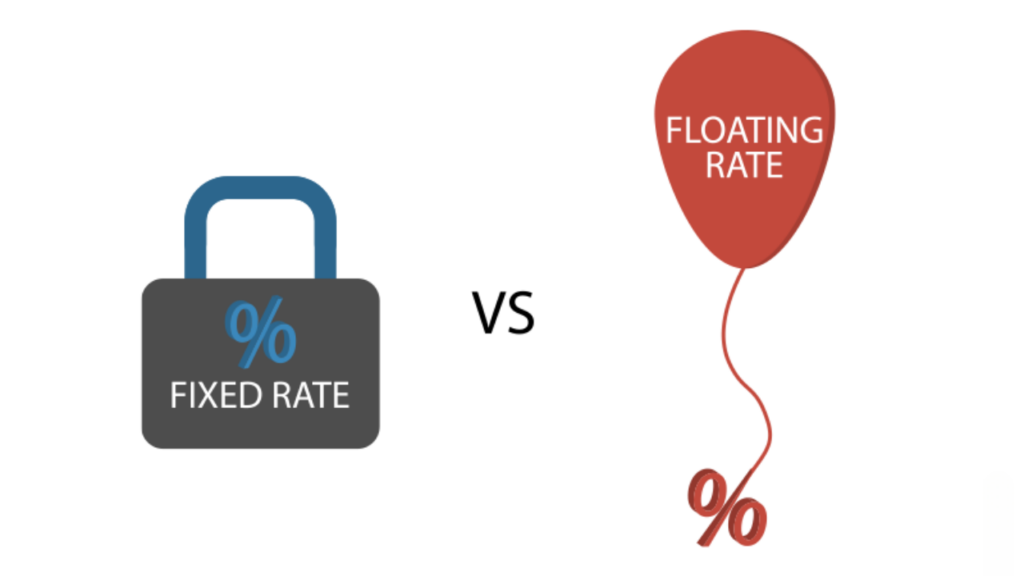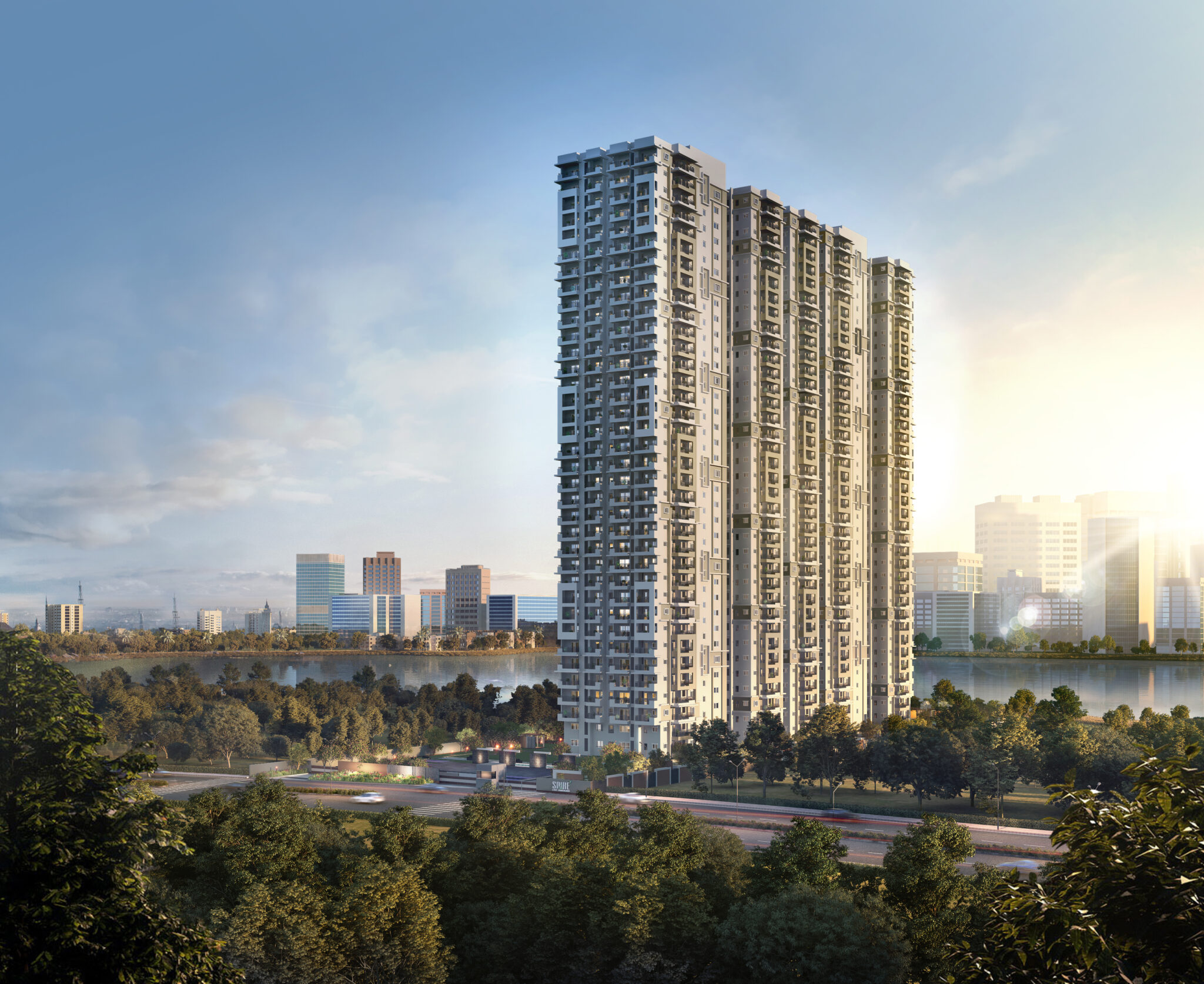Fixed vs Floating Interest Rate: A Clear Guide to Home Loan Options
Congratulations on taking the first step towards your dream home in Hyderabad! We at ASBL understand that navigating the home-buying process can be overwhelming, particularly when it comes to financing. A crucial decision you’ll face is choosing between a fixed vs floating interest rate home loan. This blog aims to simplify these options and empower you to make an informed decision.

- 1 Introduction to Home Loan Interest Rates: Fixed vs. Floating
- 2 Understanding Fixed Interest Rate Home Loans: Pros and Cons
- 3 Exploring Floating Interest Rate Home Loans: Pros and Cons
- 4 Which Is Better for You: Fixed or Floating Interest Rate Home Loans?
- 5 Impact of Market Trends on Floating Interest Rates: Risks and Rewards
- 6 Fixed Rate Stability: When to Consider a Fixed Interest Rate Home Loan
- 7 Floating Rate Flexibility: Ideal Situations for Floating Interest Rate Home Loans
- 8 How Fixed and Floating Rates Affect Your EMI
- 9 The Role of the Reserve Bank of India (RBI) in Determining Interest Rate Trends
- 10 Conclusion
- 11 FAQs:
Introduction to Home Loan Interest Rates: Fixed vs. Floating
Home loan interest rates determine the total cost of borrowing money to finance your home. There are two main types:
- Fixed Interest Rate: The interest rate remains constant throughout the loan term, offering predictability and stability in your monthly EMIs (Equated Monthly Installments).
- Floating Interest Rate: The interest rate fluctuates based on a benchmark rate set by the Reserve Bank of India (RBI) and the market. This can lead to variations in your EMIs.
Understanding Fixed Interest Rate Home Loans: Pros and Cons
Pros:
- Predictability: Fixed EMIs make budgeting easier and provide peace of mind.
- Protection from Rising Rates: If interest rates rise, you’re locked into a lower rate, saving money in the long run.
Cons:
- Higher Interest Rates: Fixed rates are typically higher than floating rates.
- Limited Flexibility: You cannot take advantage of potential future interest rate drops.
- Prepayment Penalty: Early repayment of the loan may incur a penalty.

Exploring Floating Interest Rate Home Loans: Pros and Cons
Pros:
- Lower Interest Rates: Floating rates are generally lower than fixed rates, potentially saving you money upfront.
- Flexibility for Prepayment: No penalty for prepaying the loan, allowing you to save on interest by paying off the principal faster.
- Potential for Lower EMIs: If interest rates fall, your EMIs decrease.
Cons:
- Uncertainty: Fluctuating interest rates can impact your budget and EMIs unpredictably.
- Risk of Rising Rates: If interest rates rise significantly, your EMIs could become a burden.

Which Is Better for You: Fixed or Floating Interest Rate Home Loans?
The ideal choice depends on your financial situation and risk tolerance. Here’s a quick guide:
- Choose Fixed Rate if:
- You prefer stability and predictable EMIs.
- You anticipate rising interest rates in the future.
- You have a limited risk appetite.
- Choose Floating Rate if:
- You are comfortable with potential interest rate fluctuations.
- You expect interest rates to remain low or decrease.
- You plan to prepay the loan significantly to reduce your overall interest cost.

Impact of Market Trends on Floating Interest Rates: Risks and Rewards
Floating interest rates are linked to the RBI’s benchmark rate and market conditions. Understanding these trends can help you make a better decision:
- Rising Interest Rates: If rates rise, your EMIs will increase, potentially straining your budget.
- Falling Interest Rates: If rates fall, your EMIs will decrease, saving you money on your loan.
Fixed Rate Stability: When to Consider a Fixed Interest Rate Home Loan
A fixed-rate home loan can be a wise choice for you if:
- You’re a first-time homebuyer seeking stability and peace of mind.
- You have a fixed income and prefer predictable budgeting.
- You’re nearing retirement and want to avoid EMI fluctuations.
Floating Rate Flexibility: Ideal Situations for Floating Interest Rate Home Loans
You can consider a floating-rate home loan if:
- You have a high income and can manage potential EMI fluctuations.
- You are financially savvy and comfortable with some risk.
- You anticipate paying off the loan quickly and want to benefit from potentially lower upfront interest costs.

How Fixed and Floating Rates Affect Your EMI
Your EMI is calculated based on the principal loan amount, interest rate, and loan term. Fixed and floating interest rates impact EMIs differently due to their stability and variability, respectively. With a fixed-rate loan, the interest rate remains constant throughout the loan term, resulting in consistent EMIs. This stability simplifies budgeting, as borrowers know exactly how much they need to pay each month.
In contrast, floating-rate loans have interest rates that fluctuate based on market conditions. As a result, EMIs can vary over time, increasing or decreasing in response to changes in the benchmark interest rate. When interest rates fall, borrowers with floating-rate loans may enjoy lower EMIs, providing potential savings. However, if interest rates rise, EMIs can increase, leading to higher monthly payments.
The Role of the Reserve Bank of India (RBI) in Determining Interest Rate Trends
The Reserve Bank of India (RBI) influences home loan interest rates by adjusting key rates like the repo and reverse repo rates. When the RBI raises these rates to combat inflation, banks often pass on the increase to consumers, resulting in higher home loan interest rates. Conversely, when the RBI lowers rates to stimulate economic growth, banks may reduce home loan rates to attract borrowers. Additionally, the RBI’s management of liquidity and communication of policy stances impact market expectations, influencing home loan rates. Global factors also play a role. Overall, the RBI’s actions significantly shape home loan interest rate trends, affecting affordability for homebuyers across India.

Conclusion
Choosing between a fixed vs floating interest rate home loan is an important step in financing your dream home. By understanding the pros, cons, and impact of market trends, you can make a thoughtful selection that aligns with your financial goals and risk tolerance.
Meta description: “Discover the difference between fixed and floating interest rate home loans. Make an informed choice for your dream home financing.”
FAQs:
Fixed rates remain constant while floating rates fluctuate based on market conditions.
Fixed rates offer predictability in monthly payments, simplifying budgeting.
Floating rates generally start lower, offer flexibility in prepayment, and may lead to lower EMIs if rates decrease.
The RBI adjusts key rates, affecting home loan rates based on inflation, economic growth, and liquidity.
Consider your preference for stability vs. flexibility, future interest rate expectations, and risk tolerance.













